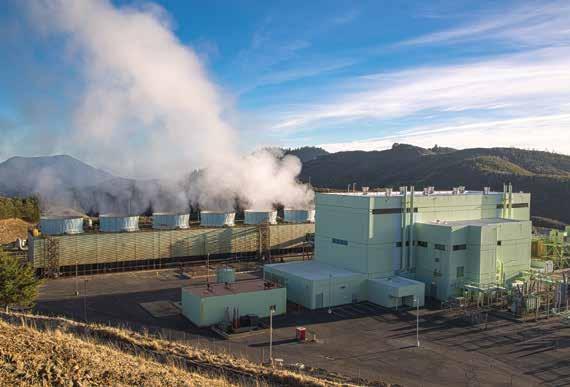
1 minute read
WHERE DOES OUR ELECTRICITY COME FROM?
HOW DOES IT ALL WORK?
Delivering electricity is a complex process. In order to power your lights, electricity must be created at a generation site and travel through a complex web of transmission and distribution lines to reach your home. Every dollar you pay for your electricity is allocated to the following four categories: Generation, Transmission, Distribution, and Public Benefit Fund.
Generation
Electricity is generated at plants or sites for our use. Plants and sites include facilities that use natural gas, geothermal, and hydroelectric sources to generate electricity.
Average Cost = $0.48 per dollar
Transmission
Power lines, typically supported by large towers, transmit electricity between remote generation plants and the communities that consume the electricity.
Average Cost = $0.12 per dollar
Public Benefits Fund
Distribution
Localized high voltage power lines distribute electricity to our community and neighborhoods.
Average Cost = $0.37 per dollar
How To Read Your Electric Bill
1
Each month, your utility meters are read. The last month’s reading is deducted from the new reading; this difference is your utility usage.
2
Most residential customers are on a tiered electric rate. Each tier is equal to the baseline usage per day times the number of days in the billing period. Baseline usage per day is 10.2kWh in the Summer and 10.8kWh in the Winter. For this month’s bill, each tier is 296kWh (10.2kWh times 29 days).
3
Established by the State of California in 1996, money collected through this fund is used to support energy efficiency projects and electric rate discounts for low income customers. Average Cost = $0.03 per dollar 4
The Public Benefits Charge, collected and used to fund our electric customer programs, is located here.
Each bill includes the previous 12 month’s of your utility usage, as well as your average usage per day.



